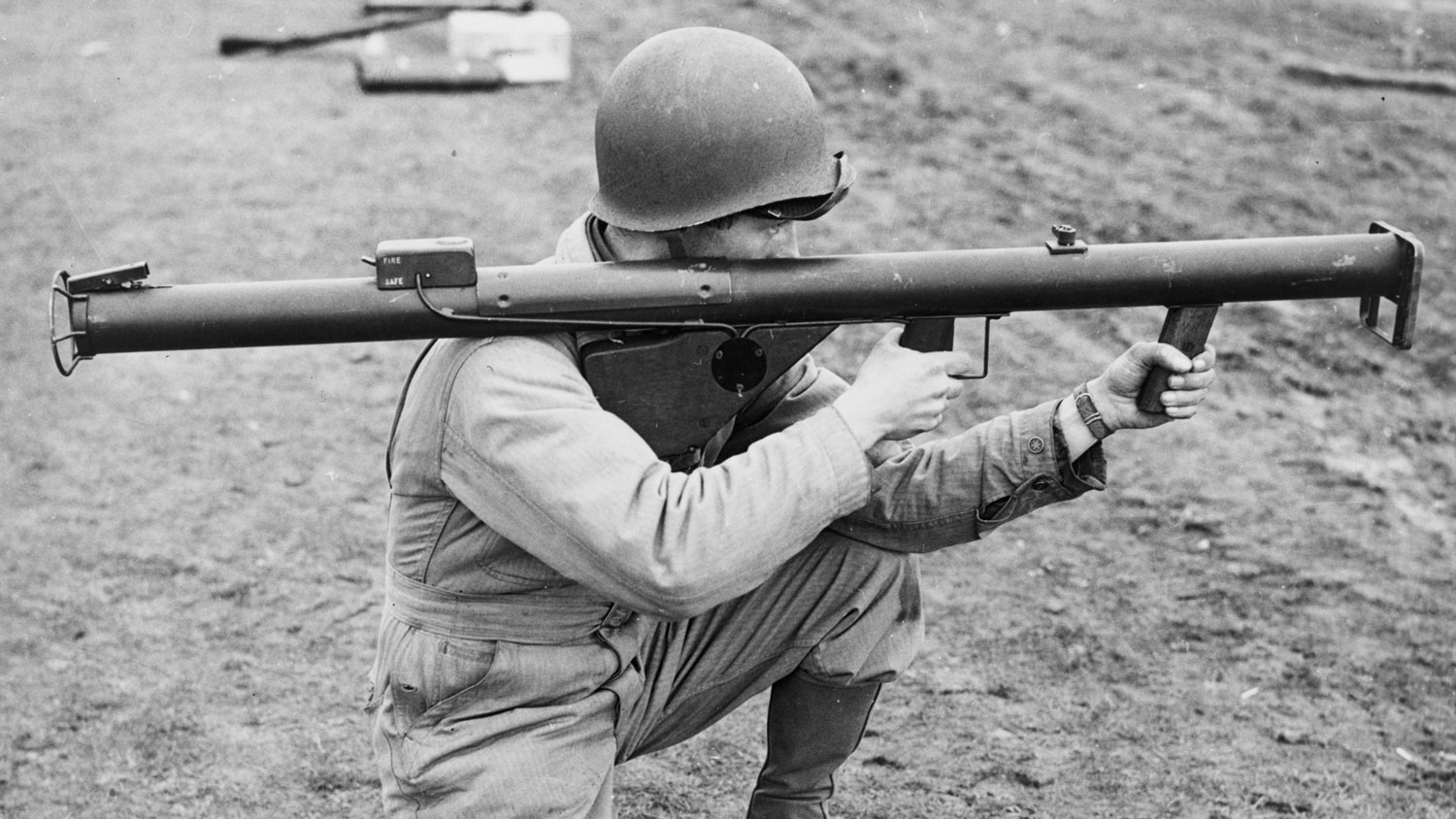
Bazooka: How the legendary rocket-propelled anti-armour weapon got its name

More than eight decades ago, a military legend with a unique nickname of curious origin was born during the Second World War.
It had become clear to senior military personnel in the US and those on the ground in Europe that it was vital to develop a portable weapon that could penetrate the armour on German tanks.
And so in 1942 the M1 bazooka was introduced into service – a revolutionary anti-tank rocket launcher that gave infantrymen a fighting chance against enemy armour.
This new shoulder-launched weapon changed warfare by enabling a rocket to be launched against enemy vehicles or fortified positions from a distance.
The M1 bazooka's success was down to its shaped charged warhead, which was capable of penetrating certain thicknesses of hardened steel armour.
During testing of the weapon, Brigadier General Gladeon M Barnes, the head of the US Army's Ordnance Department Research and Development Section, commented on the look of the rocket launcher.
He exclaimed: "This sure looks just like Bob Burns' bazooka."
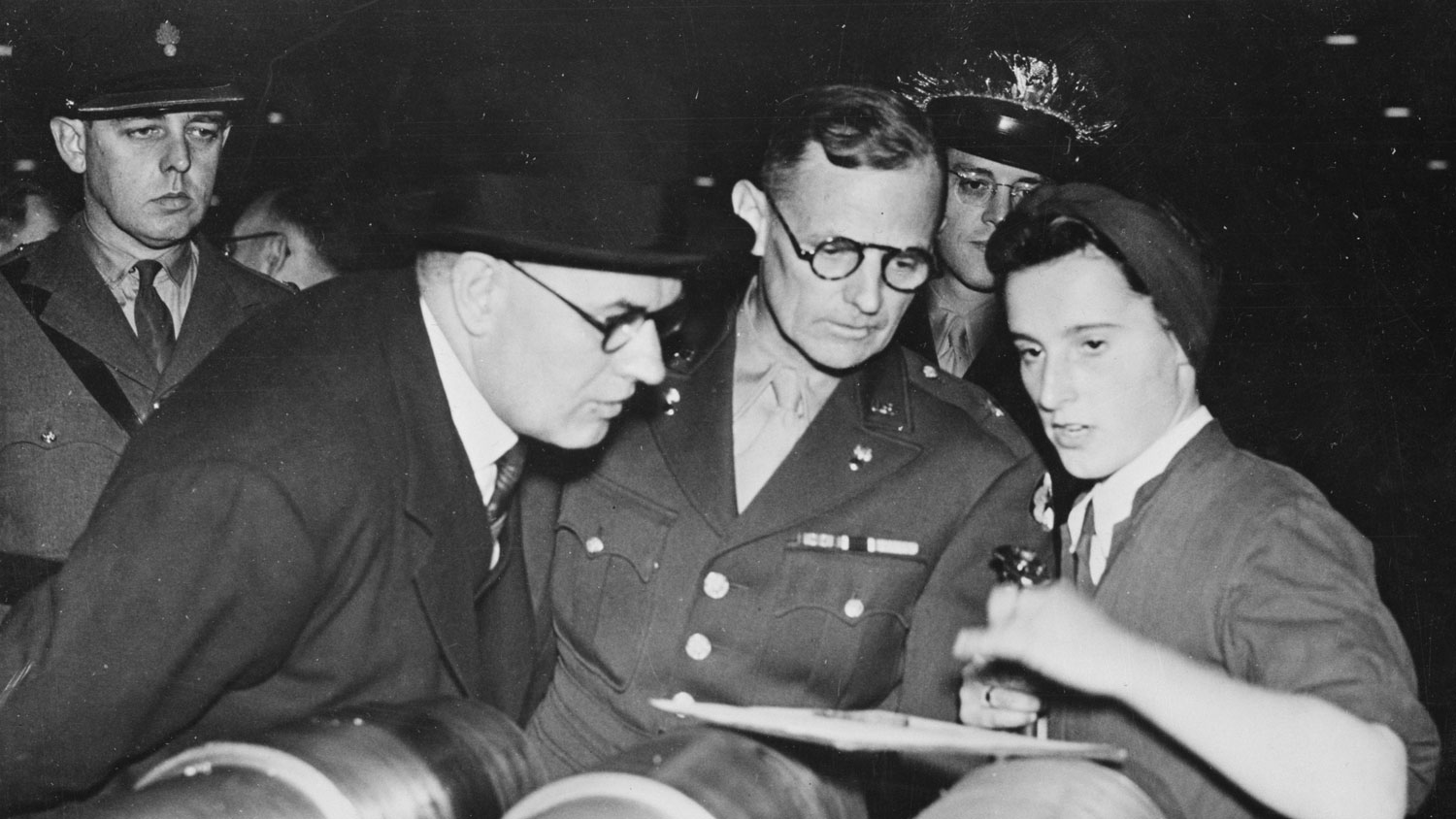
And he wasn't wrong.
It looked very similar to an item synonymous with Bob Burns, an American musical comedian and film actor of the 1930s and 1940s.
As a child, Mr Burns created what he called a bazooka, a trombone-like instrument made of two metal tubes – one sliding inside the other – and a funnel.
During his teenage years, the entertainer played his bazooka with the Van Buren (Arkansas) City Queen Silver Concert Band.
He later appeared with the instrument in films such as 1936's Rhythm on the Range, in which he was second lead to Bing Crosby.
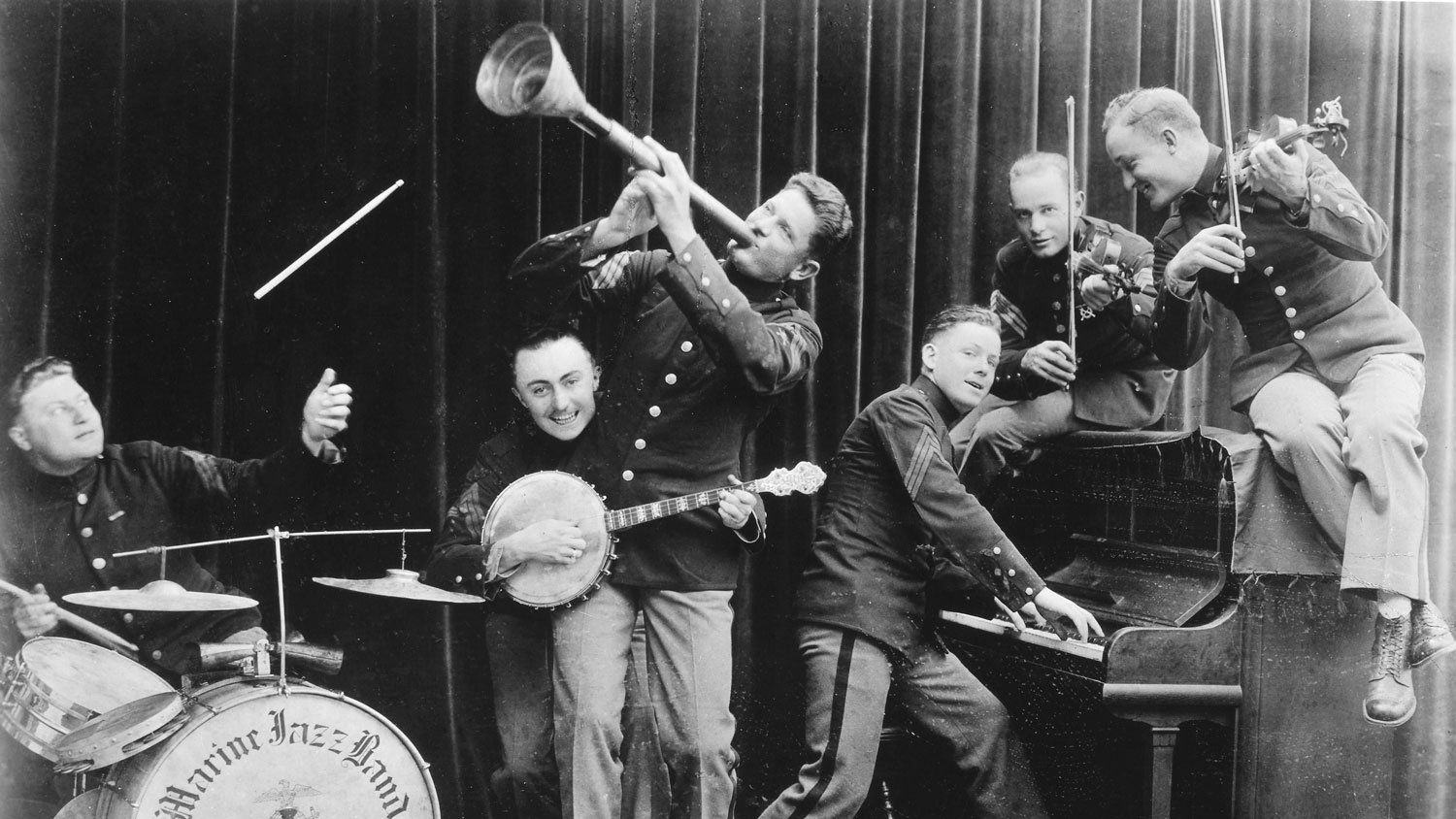
The musical instrument also played an important role during his military career as during the First World War, Mr Burns joined the US Marine Corps.
The then-Sergeant Burns was deployed overseas with 11th Regiment and became leader of the Marine Corps jazz band.
A recruitment advert in The Evening World, a New York City newspaper, published on 3 September 1919, details how the bazooka entertained the troops.
It said: "According to tales told by the Marines, the Melody Six are the snappiest, zippiest, jazziest aggregation of tune artists in any branch of Uncle Sam's service.
"The outfit consists of two violins, a banjo, piano, drum and the bazooka."
Making the bazooka
In an interview with Maryland Cracker Barrel Magazine in 2007, the late Lieutenant Colonel Ed Uhl, the inventor of the M1 rocket launcher, said the US armed forces were desperately in need of a new weapon system.
He said: "We really had no anti-tank weapon. You can’t believe how inept our military was at that point in time."
Reports from Britain indicated that Germany was increasing the thickness of the armour plate on its tanks from two to four inches.
Allied forces needed to respond to this improvement – and quickly.
Lt Col Uhl worked alongside Colonel Leslie A Skinner to develop an effective new weapon that could launch rockets against enemy tanks, armoured vehicles and pill boxes across several hundred feet depending on the angle of elevation.
This weapon became what we know today as the bazooka.
The Germans also saw the benefit of a recoilless anti-armour weapon and developed the Raketenpanzerbüchse 54, better known as the Panzerschreck, an enlarged copy of the bazooka.
Both the bazooka and the Panzerschreck had identical nicknames given to them by their respective operators – the stove pipe.
The British equivalent was the PIAT (Projector, Infantry, Anti-Tank), the most successful British infantry anti-tank weapon of the Second World War.
Lt Col Uhl said of the bazooka's creation: "One day I was walking by this scrap pile and there was a tube that was five feet long and 60mm in diameter, which happened to be the same size as the grenade that we were turning into a rocket.
"I said 'That’s the answer. Put the tube on a soldier's shoulder with the rocket inside and away it goes'."
The first bazooka prototype was created by using the scrap metal tube, a wooden rifle stock plus some homemade grips, and was tested by being fired into the Potomac River.
However, there were two main issues the two men had to overcome.
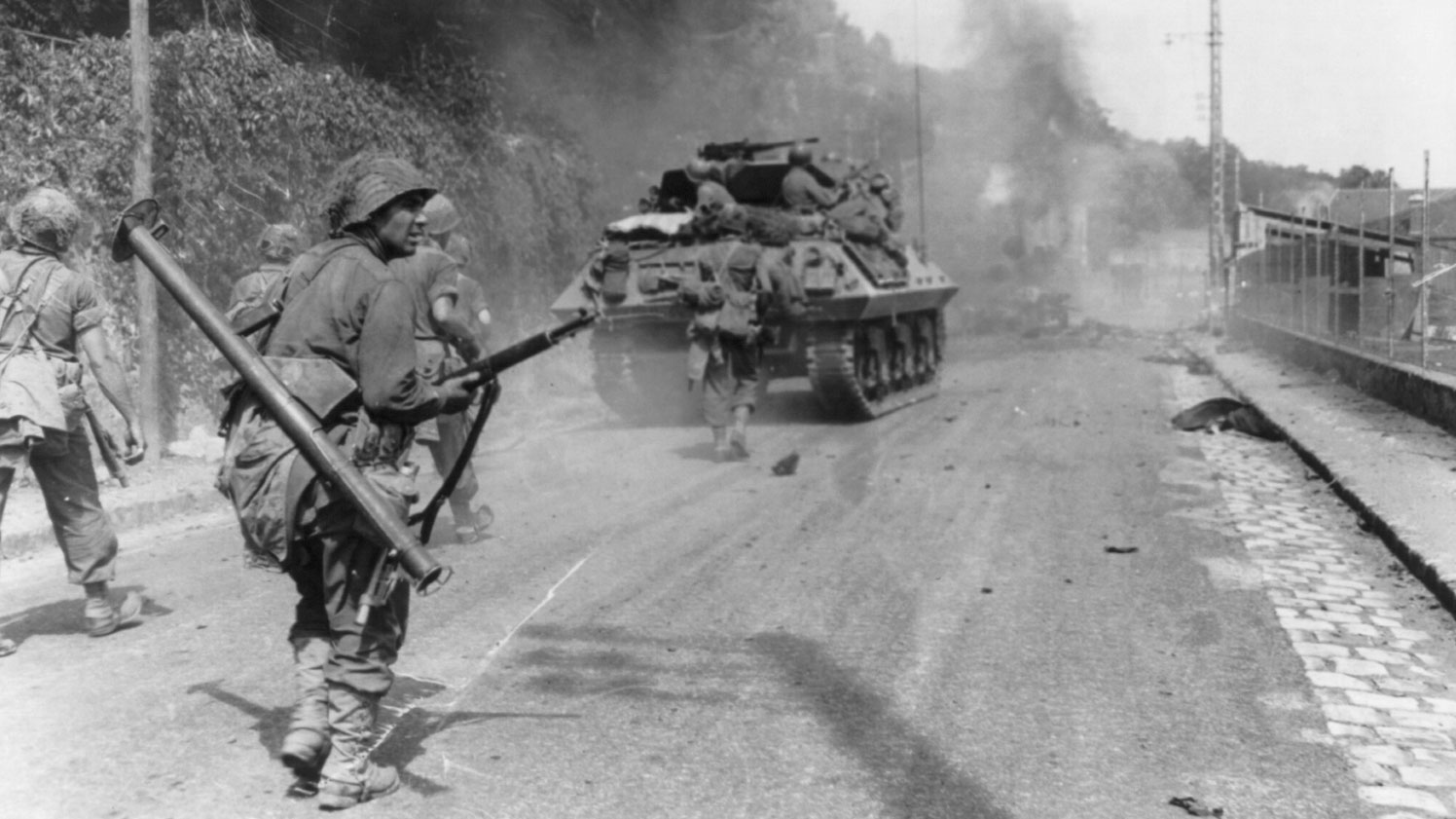
Because the weapon was designed to be launched from the shoulder, there were concerns for the safety of the soldier firing it and how accurate the weapon could be.
Testing proved to be an anxious time as is documented in the book A History of Innovation: US Army Adaptation in War and Peace, by Jon T Hoffman.
He said: "Uhl received the mission to fire the first rocket. Wearing a welder's mask and gloves, he walked to the end of the pier.
"After ensuring no watercraft were nearby, Uhl pointed the tube toward the middle of the river and pressed the trigger.
"When it fired, he heard only a whooshing noise and felt absolutely no recoil.
"He discovered that the rocket did not generate enough exhaust to justify wearing any protective equipment."
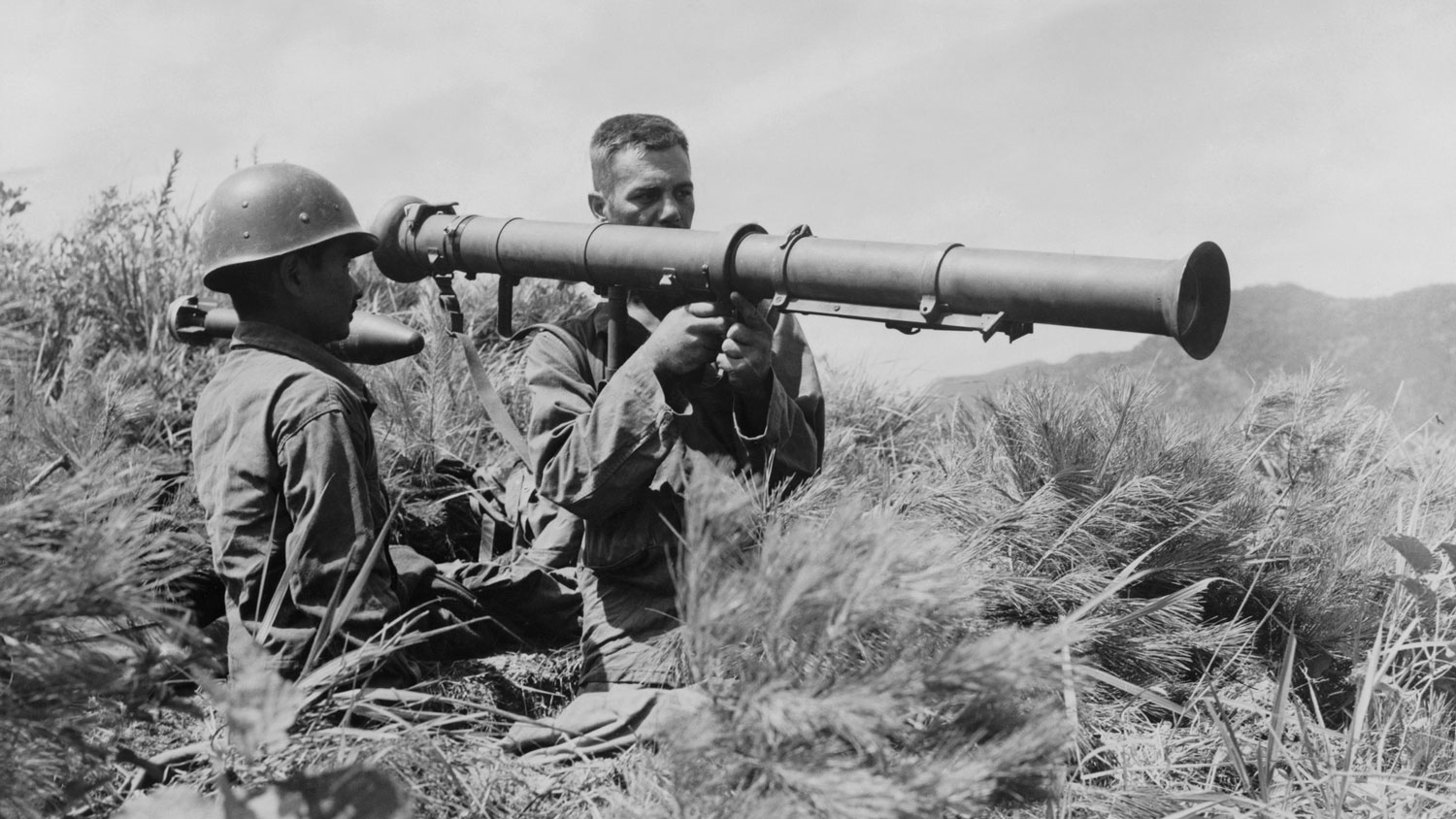
The M1 bazooka entered service in 1942, was updated to the M1A1 and then after the Second World War was redesigned as the M9 Super Bazooka, which evolved into the M20.
This weapon was used in conflicts such as the Korean War, the Iran-Iraq War and the Falklands War by Argentine forces.
M20s were used by the US Marine Corps in the early stages of the Vietnam War, largely against enemy fortifications, before being phased out in favour of single-use weapons such as the M76 LAW.
A miserable future for tanks?
The M1 was so successful that General Dwight D Eisenhower, the 34th President of the United States, spoke at the CPX Conference in Paris on 11 April 1952, about the impact it had on warfare.
He said: "It is clear that the tank no longer enjoys the relative immunity from ordinary divisional firepower that it did some 10 years ago.
"Light recoilless weapons, bazookas, mines and improved types of guns give promise that the whole battle area can be so thickly studded with weapons capable of penetrating the thickest of armour, that the life of the future tanks is likely to be a miserable one indeed."
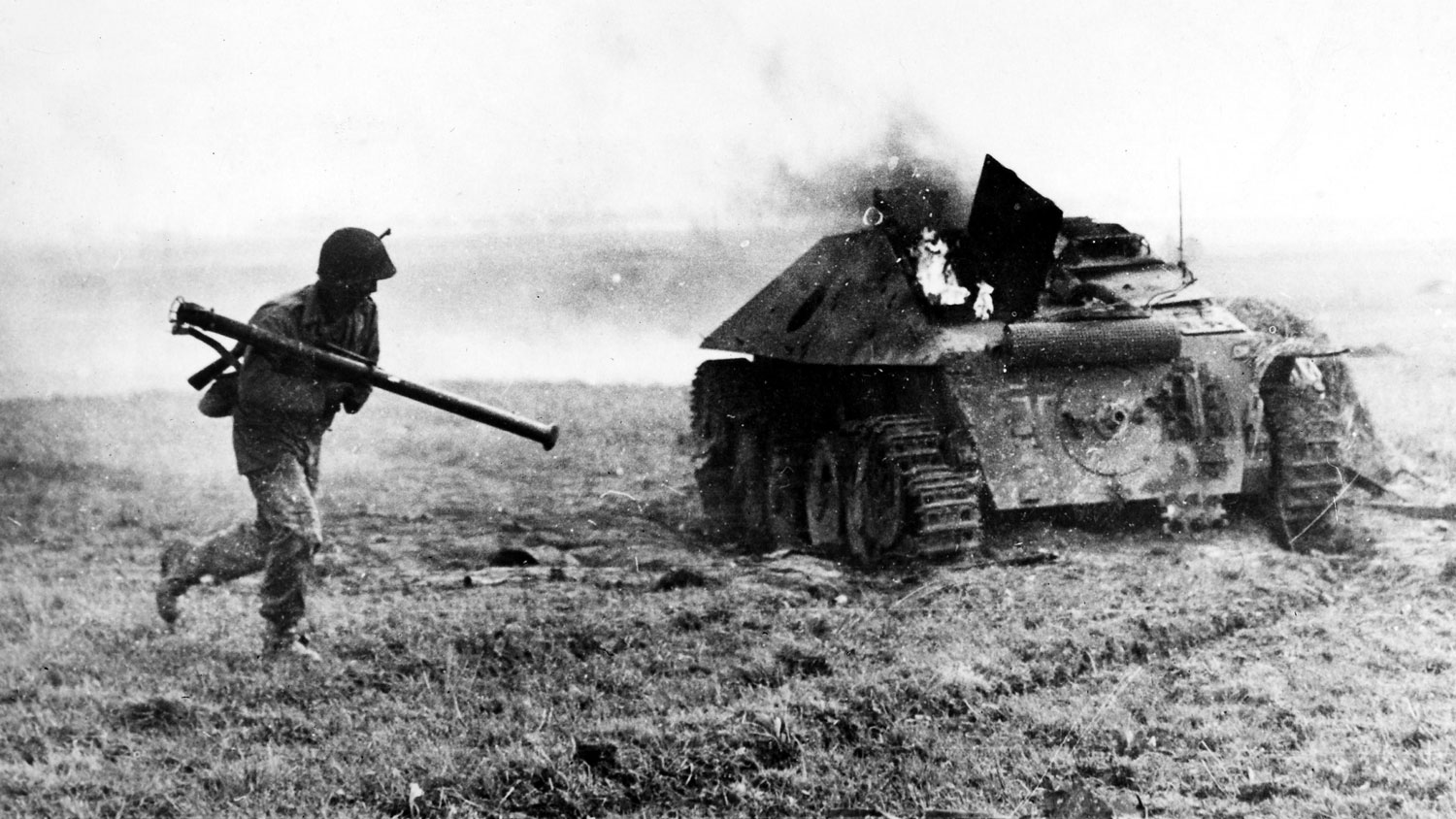
He also believed the bazooka was one of the four "Tools of Victory" – the others being the jeep, the Douglas C-47 Skytrain military transport aircraft - known to the British as the Dakota - and the atomic bomb.
Today the US Army still uses a similar weapon to the bazooka – the Carl Gustav 8.4cm recoilless rifle.









